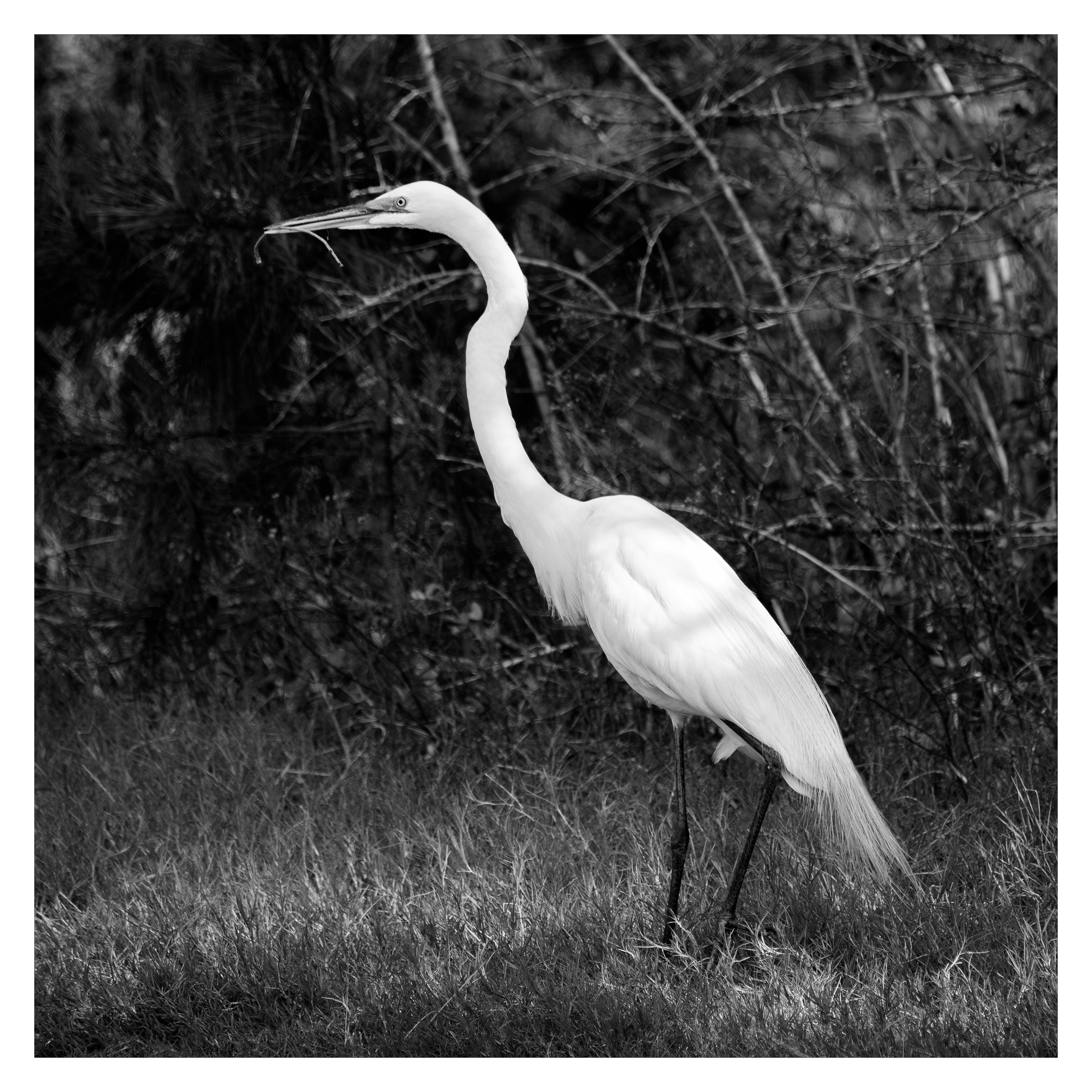Mackay Creek: The Names of History
“My life is shaped by the urgent need to wander and observe, and my camera is my passport.” - Steve McCurry
It's always exciting to me to realize that the place names around us often derive from a notable person or event in the past. Do you get that same thrill? Here's an example from my post on April 15, 2023...
Scottish trader Alexander Mackay, adventuring under the commission of the Carolina colony Lords Proprietor, sought to exercise a land grant in the southern part of the colony. Later commissioned a colonel in the Beaufort District Militia, he received a grant of 200 acres on an island which had been part of an earlier land grant to the Osbourne family.
The island was also occupied by the Yemassee tribe as a lookout post when that native tribe was used as a buffer between the neighboring English and Spanish colonies. There was an Indian fort at the northern end of the island leading to the local name of Lookout Island.
In 1708, the island was partly in the possession of Colonel Mackay and was known as Mackay’s Island, although various maps have slightly different spelling. It became a frontier trading post for native tribes out of Charles Town, which didn’t adopt its contracted current name until 1783.
Mackay fought in the Yemassee War from 1715 to 1725, by which time he had also acquired the entire acreage of the island. He lived on the island until he died in 1734. His wife sold the land to an influential lawyer from Charles Town named Charles Pinckney, hence the current name.
Today the island is a beautiful National Wildlife Refuge and is well worth the visit if you’re in the area of Hilton Head. Mackay Creek divides the island from the islands and mainland to the northwest.
Clicking on the image will open it in full screen
‘Mackay Creek,’ with a view of Buzzard and Big Harry Islands towards the west as evening draws near in beautiful Pinckney Island National Wildlife Refuge in coastal South Carolina.




Comments
Post a Comment